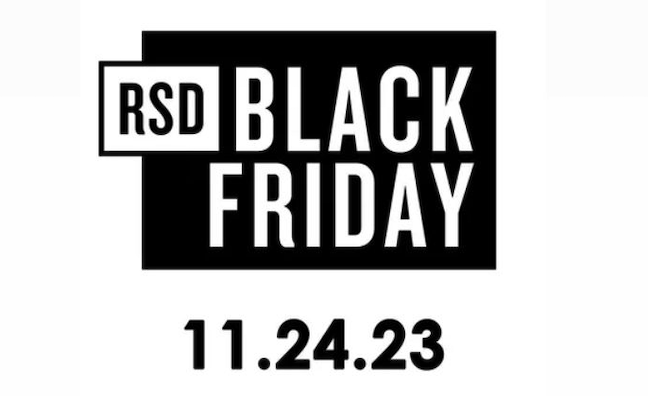For Record Store Day – Black Friday, Michael Simon, president & CEO of HFA and Rumblefish, looks at the format’s importance for artists, rights-holders and fans…
It’s almost Record Store Day – Black Friday. Time for another hockey stick growth story? Nope. Instead of yet another report about vinyl’s “amazing resurgence”, let’s consider what it means to many of its makers and buyers: an artisanal fan engagement endeavour.
Vinyl remains very important—even for artists who don’t have Taylor Swift level sales. For members of the independent artist community, vinyl’s revived cultural cache means more than a straightforward commercial opportunity.
Making vinyl is, after all, expensive, whereas current home recording rigs enable bands to make studio-quality records at a fraction of the cost. Yet digital streams and pixelated micro squares don’t satisfy tactile cravings. And, in a largely digital audio landscape, releasing vinyl adds some heft to a band’s body of work and distinguishes them from the pack.
Vinyl can be a key contributor to an artist’s overall creative and business strategy
Michael Simon
Vinyl can do five things really well, things we need now more than ever as attention spans shrink and fans hunger for true connection in a disconnected world…
Vinyl means visual artistic expression: Packaging size and construction presents a broader canvas for the creation of an artefact fans can display even when they don’t own a turntable.
Vinyl means deeper engagement: Remember liner notes, lyrics, study worthy cover art and even secret messages scribed in the dead wax? Restoring this lean-forward experience to music delivery connects fans to artists in multiple, emotionally intense ways. As a collector’s item, it hooks completists who can obviously listen to records online but have to get their hands on everything released by their favourite local ska band.
Vinyl is an admission ticket to the record bin community: We thought that bin-flipping was passé but we’ve been schooled. Vinyl allows artists to be physically among their heroes. Record stores foster community among music heads and let bands join the community by getting a physical product added to inventory. Add an in-store visit and some autographs and the store and band get fans for life.
Vinyl allows fans to take the show home: Even for artists whose primary income source is playing live, vinyl is a great merch table item – and fans ask for it. They want a memento – maybe something exclusive that isn’t even available elsewhere. The band wants to narrow the gap between post-show euphoria and the need to (eventually, maybe) find a record.
Vinyl means revenue diversification: For indies riding the long tail, the band can earn more per track or per product with vinyl than they earn from digital formats. With vinyl, there’s a direct relationship between consumer behaviour and band revenue. In fact, vinyl can be a key contributor to an artist’s overall creative and business strategy – helping them do more at a time when artists need tangible, exciting, and creative ways to reach and engage fans. And, when all’s said and done, records are cool.









